The Gallery at Mt. Ida College – Newton MA
Show: 10/23 – 12/9
Reception: Wed.,10/31, 5:00 – 7:00
Gallery talk with David Torcoletti and Denise Healy at 6:00
The extraordinary provenance of the photographs of Viet Nam War-era American servicemen in David Torcoletti’s show at The Gallery at Mt. Ida College, in Newton, confers an unassailable authenticity on their composite of image and effect. But though their visceral interface with the viewer emerges dynamically from an interaction and catalysis among the elements—context, effects, events—which, taken together, constitute their unique coalescence of complexity—each photograph has a stand-alone integrity from which no contextual element nor effect may be split off.
My first look had me reeling. The confluence of time and fate, the sweep of event smeared, as if randomly, across these young faces is quite too sad for words, if still no less than astonishing.
Make no mistake. These are not combat shots. These photographs have their origin in the hundreds of 2 x 3 inch b&w snapshots and 3 x 5 inch color Polaroids sent by American soldiers in Viet Nam to a South Vietnamese radio and television personality known professionally as “Mai Lan.”
Broadcasting to them for hours each night, visiting bedside in hospitals by day, she encouraged her listeners to send her photographs of themselves—and they did, by the hundreds, often signed, or with small notes of appreciation addressed to her; to one so endeared to them; one who, herself, would soon be forced to flee the geopolitical vise that was the unification of North and South Viet Nam.
Mai Lan escaped with only what she could carry, including a mere few of those hundreds of photos, and it was that passage from her war-torn country itself that marked them—and that brought forth this needful record.
Hastily stored, damaged by the elements in travel, in the effect of deterioration here’s a soldier whose face has been swept away—the crisp tunic, sparking insignia, and erect posture remain, as if he might return—here’s a group shot, eight or nine men, mostly smiling, young, insouciant, untroubled, one could believe. But fate has cut away its requisite percentage from their brotherhood, its vicious warping reclaiming any hope of recognizing who this one was here, or that one—someone once stood here.
The photographer makes no special claim of artistry for these photographs, attributing the power and complexity of the images to the effects of chemical disintegration and the passage of time. To that modest assertion, I would add the indelible imprint of the present moment accumulating context as it becomes history; that, and the keen eye and strong heart of David Torcoletti.
Mr. Torcoletti has said that in reproducing and enlarging these photographs (avg. 20” x 30”) he avoided creating any special effects—and that only to emphasize certain aspects of the image would he raise the contrast to spotlight a certain area of the degradation, or increase the color saturation to highlight an evocative stain or streak.
I’m thankful that Mai Lan, the donor of these images, and Mr. Torcoletti, by mere happenstance it seems, became acquainted, and that the artist had the remarkable eye to take in, as if in wide view, in those 2 x 3s, the symmetries translating these lives into the events they passed through; here is that record, one that in my view needs to be seen.
(http://www.davidtorc.com)
--R Skogsberg, 2007


shepard fairey



ras

ras

ras

ras
ras
ras

ras

gustav dore

our boys

death and burial

wm
Monday, October 8, 2007
SOLDIERS: Photography—David Torcoletti
Subscribe to:
Post Comments (Atom)




















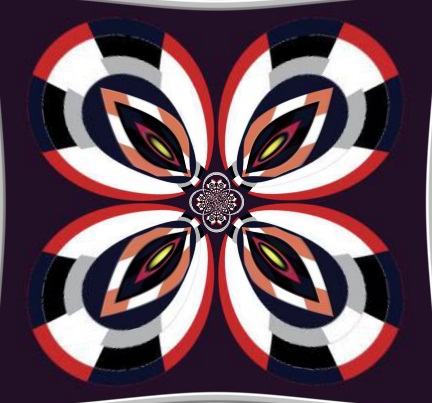
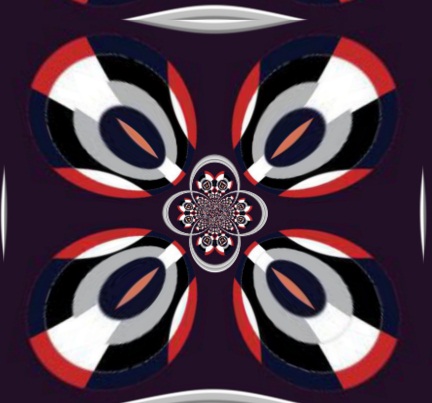
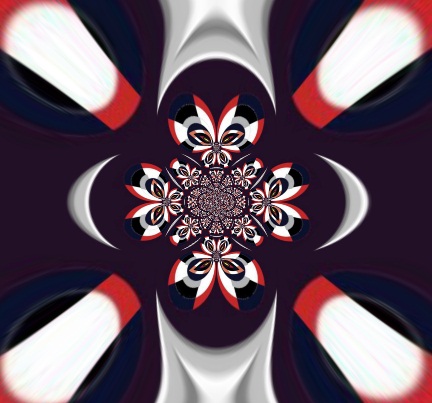


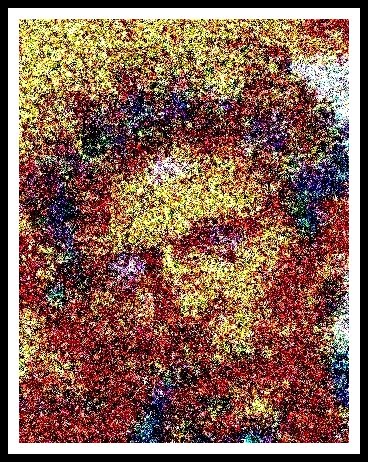
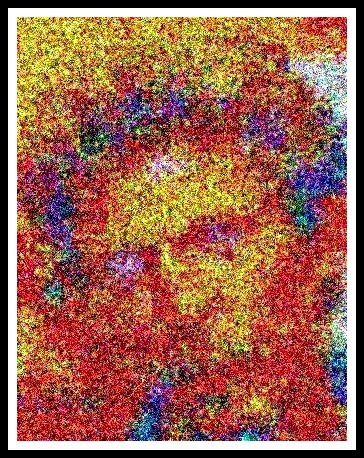
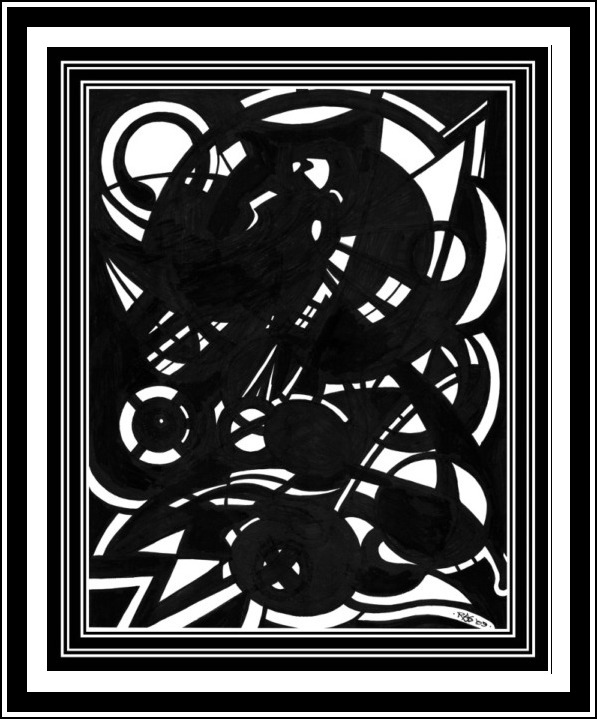






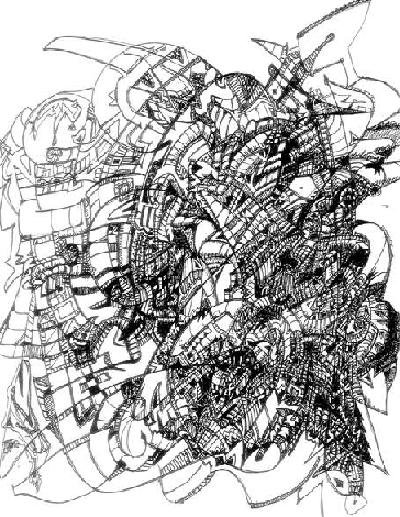

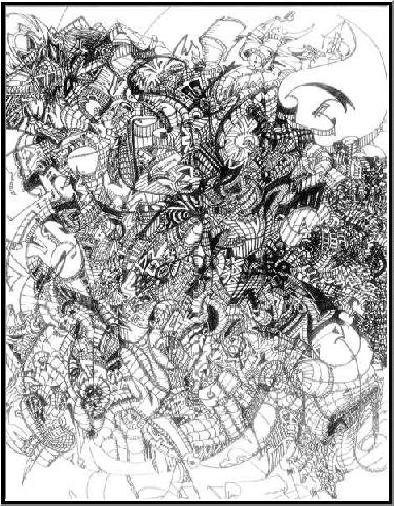
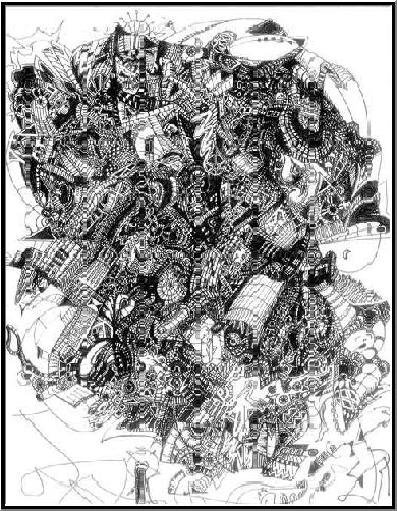
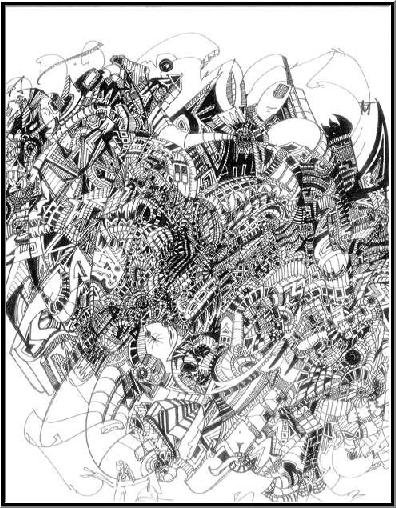
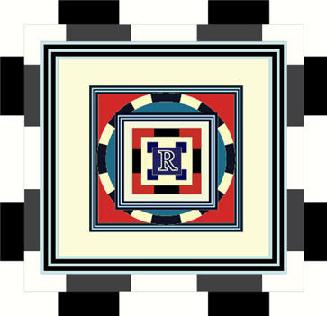
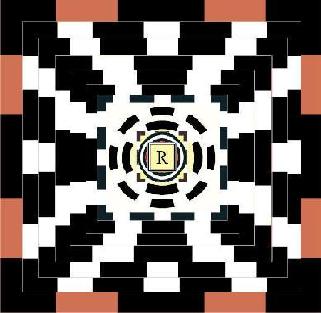
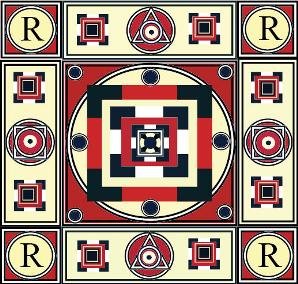
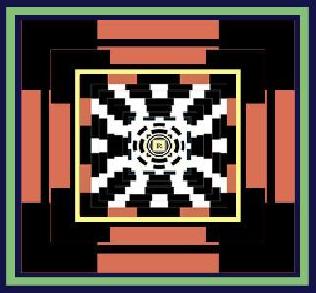
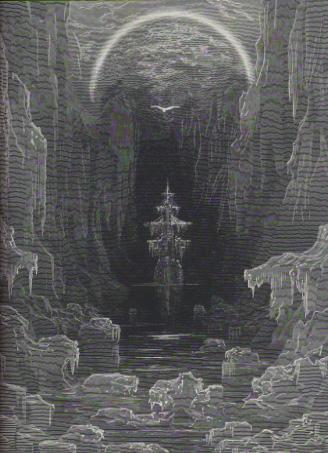

No comments:
Post a Comment